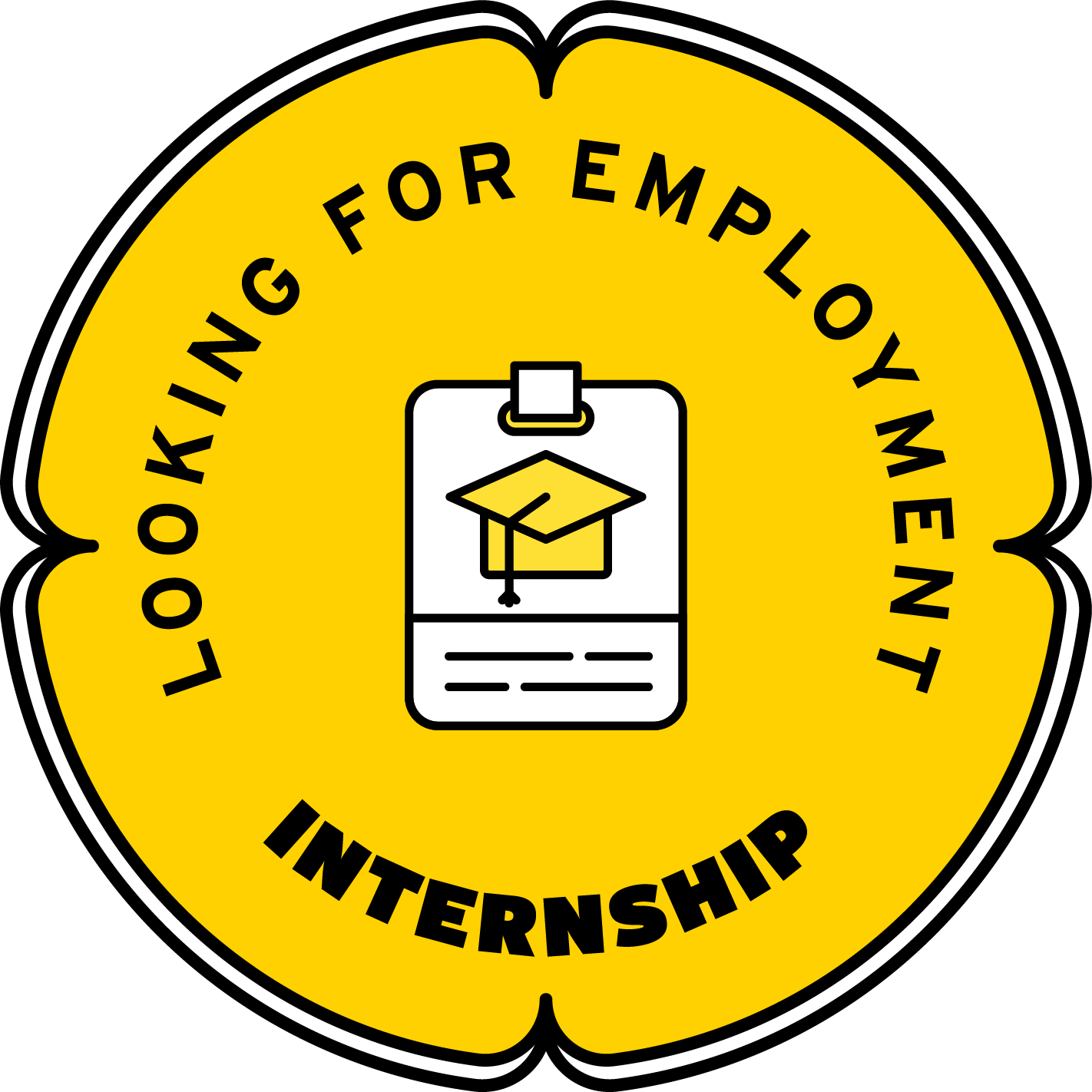
Tolkien Cards
Tolkien Cards

The task for this project was to create a set of 12 cards based on a hero or villain. The hero in this story is J.R.R. Tolkien, the author of The Lord of the Rings and known philologist (a person who studies the history of languages). This project explores the deeper meaning behind who Tolkien might be. The cards have a vintage style and celebrate the books that many have come to love. Every card is designed to speak life into the different ideas behind each of the cards, just as Tolkien does with his mythology. In Tolkien\'s writings there is an emphasis on storytelling, lore, and the relationships the characters have with one another. These themes are explored throughout the card set as well. One of the avenues explored is Tolkien\'s values. The Value card represents what that would look like and feel like. A strong theme throughout his books is good versus evil and ultimately faith that good will win in the end. Every story must come to an end. The takeaway from this project was Learning how to make design decisions with meaning and intention behind them. The end result was being able to make connections between facts and ideas and create a story out of them.


























































